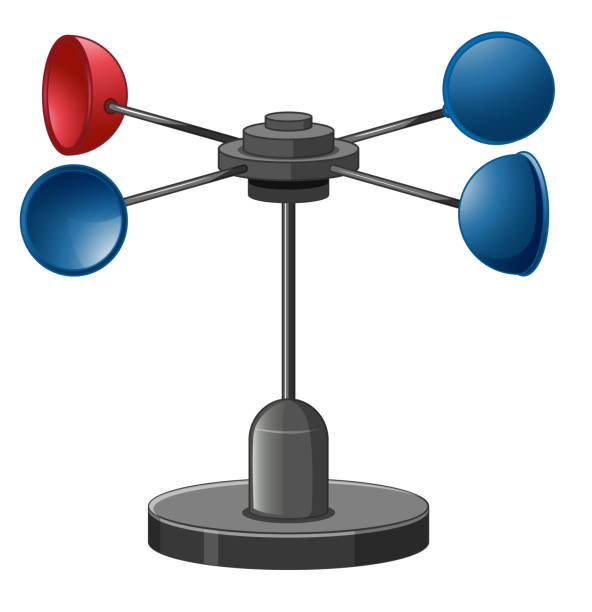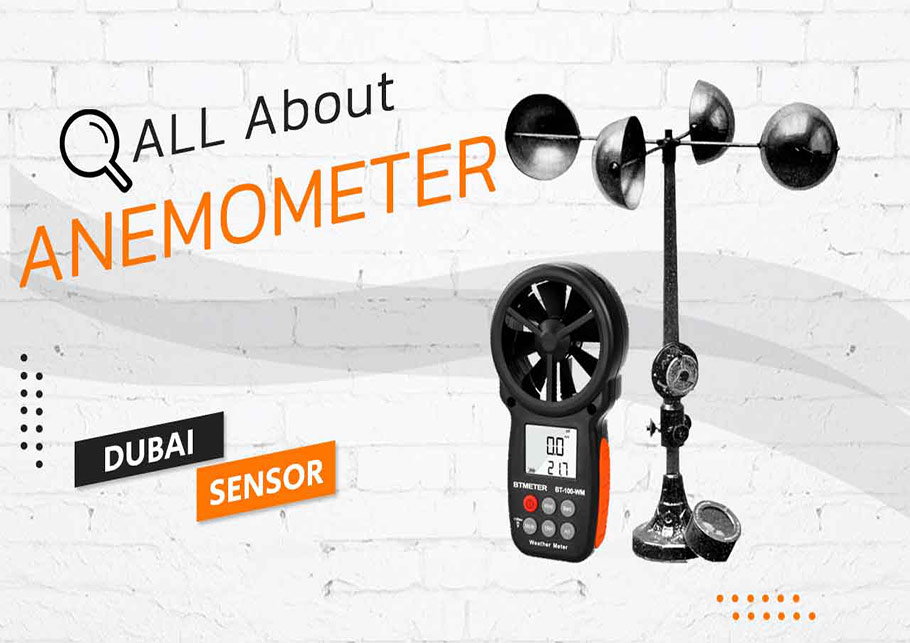Anemometer Innovations: The Current Modern Technology for Wind Speed Measurement
Anemometer Innovations: The Current Modern Technology for Wind Speed Measurement
Blog Article
All You Required to Learn About Anemometers: Just How They Work, Why They Issue, and Where to Utilize Them
Anemometers, though usually ignored in the realm of clinical tools, play a critical function in numerous areas, supplying valuable understandings right into wind speed and air movement patterns. Comprehending the technicians behind these devices is crucial for anybody looking for to harness the power of this data. From meteorologists tracking weather condition patterns to designers designing structures with wind loads in mind, the applications of anemometers are far-reaching and diverse. As we dig right into the intricacies of anemometer innovation, we will certainly reveal the inner functions of these gadgets, their value, and the key considerations when choosing the ideal anemometer for details applications.

Anemometer Basics
An essential instrument used to measure wind rate and instructions, the anemometer plays a crucial role in meteorology and different sectors. An anemometer normally is composed of 3 or 4 cups that revolve in the wind, a vane that directs into the wind, and sensing units to track the motions or rotations. By computing the turnings or movements over a details amount of time, the anemometer can identify wind rate. The vane assists determine wind instructions by pointing right into the wind, offering beneficial data for climate forecasting, aviation, maritime procedures, environmental surveillance, and wind energy applications.
There are different kinds of anemometers available, including mug anemometers, vane anemometers, hot-wire anemometers, and sonic anemometers, each with its special functions and applications. Mug anemometers are typically made use of for standard wind rate dimensions, while vane anemometers are liked for directional dimensions. Hot-wire anemometers are suitable for low airspeeds, and sonic anemometers are ideal for high-precision dimensions in research study and commercial setups. Understanding the fundamentals of anemometers is essential for accurate wind data collection and evaluation throughout various sectors.
Concepts of Anemometer Operation
Structure on the foundational understanding of anemometer basics, the concepts of anemometer operation clarify the auto mechanics behind wind speed and instructions measurements. Mug anemometers, for instance, have 3 or even more mugs that catch the wind, causing them to rotate faster as the wind rate increases. Hot-wire anemometers count on a heated cord that cools down as wind passes over it, with the rate of cooling down identifying the wind rate.
Relevance of Anemometers
Anemometers play a crucial duty in determining wind speed and direction, giving necessary reference data for weather forecasting, environment researches, ecological tracking, and air travel operations. Meteorologists rely on anemometers to collect precise wind data, helping them recognize climate patterns, anticipate storms, and issue prompt cautions to the public. Wind farm operators make use of anemometers to analyze wind conditions and maximize electricity manufacturing from wind turbines.
Applications Across Different Industries
Applications of anemometers span throughout diverse sectors, showcasing their flexibility and energy beyond weather forecasting. In the sustainable power industry, anemometers play an essential duty in evaluating wind problems for wind farm positionings, ensuring ideal power production. Industries like building and mining utilize anemometers to keep an eye on wind rates, important for safety and security protocols, specifically when operating at elevations or in open-pit mines where solid winds can pose dangers. Anemometers are likewise important in the aviation industry, helping pilots in understanding airspeed and wind instructions Resources for risk-free liftoffs and touchdowns. The maritime industry advantages from anemometers for ship navigating, helping sailors expect climate changes and change paths as necessary. In agriculture, anemometers assist farmers in handling plant splashing by providing real-time data on wind speed to prevent drift. Anemometers locate applications in HVAC systems to optimize air flow and improve power performance in structures. The diverse usage cases of anemometers underscore their importance across different markets, highlighting their crucial duty in boosting functional safety and security and performance (anemometer).

Picking the Right Anemometer for Your Needs
For basic functions, a cup anemometer is suitable for measuring wind rate, while a vane anemometer supplies wind direction data. Hot-wire anemometers are perfect for low airspeed dimensions, and ultrasonic anemometers use high accuracy and resilience.

Final Thought
To conclude, anemometers play a crucial duty in determining wind speed and instructions across numerous industries. Recognizing the concepts of anemometer operation is necessary for selecting the appropriate gadget for details requirements. From meteorology to aeronautics, anemometers are important devices for making certain and gathering exact data safety and security in different applications. When choosing the most appropriate tool for measuring wind problems., it is important to think about the value of anemometers in order to make informed decisions.
There are different kinds of anemometers readily available, consisting of cup anemometers, vane anemometers, hot-wire anemometers, and sonic anemometers, each with its distinct functions and applications. Mug anemometers are generally made use of for basic wind speed measurements, while vane anemometers are chosen for directional measurements. Hot-wire anemometers are appropriate for low airspeeds, and sonic anemometers are suitable for high-precision dimensions in study and industrial settings.Structure on the fundamental understanding of anemometer basics, the principles of anemometer operation elucidate the mechanics behind wind speed and instructions dimensions. For basic functions, a cup anemometer is suitable for gauging wind rate, while a vane anemometer supplies wind instructions information.
Report this page